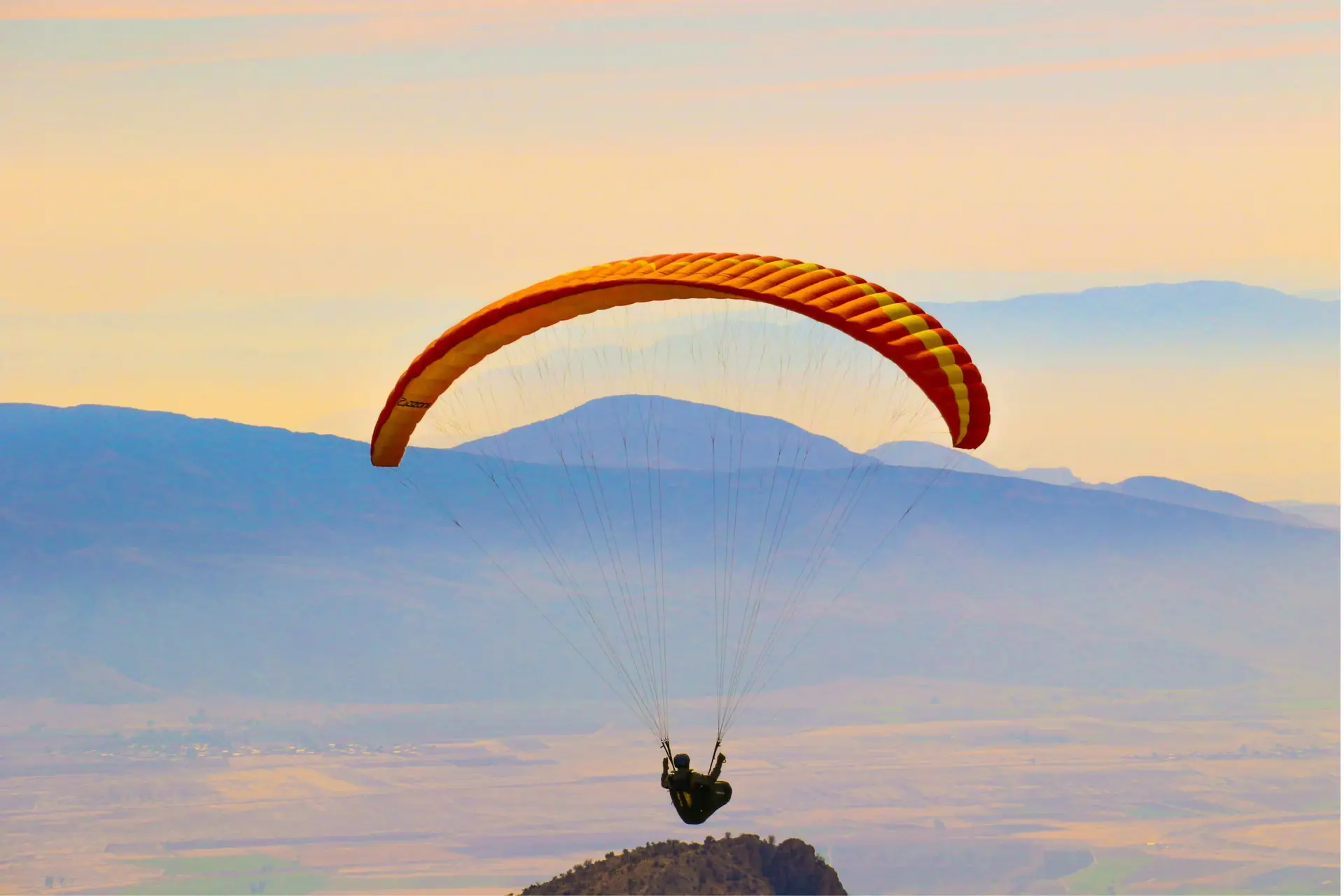Paragliding: The Ultimate Sky Adventure
Paragliding, also known as paragambling, is an exhilarating adventure sport that combines the thrill of flying with the serenity of gliding through the air. Using a lightweight, free-flying, foot-launched glider aircraft, paragliders soar high above landscapes, offering a bird’s-eye view of the world below. This sport is accessible to both beginners and experienced flyers, making it a popular choice for thrill-seekers and nature enthusiasts alike.
Preparation and Takeoff
- Briefing: Before taking off, participants receive a thorough briefing from experienced instructors. This includes safety instructions, basic flying techniques, and an overview of the flight plan.
- Gear Up: Participants are equipped with a harness, helmet, and the paraglider itself. The harness is designed for comfort and safety, ensuring a secure attachment to the glider.
- Launch Site: The adventure typically begins at a scenic hill or mountain, which provides the necessary elevation for a successful takeoff. The launch process involves running down a slope to catch the wind and lift off the ground.
In-Flight Experience
- Soaring Heights: Once airborne, paragliders can reach significant altitudes, riding thermal currents to gain height. The sensation of flying is unparalleled, offering a mix of adrenaline and tranquility.
- Panoramic Views: Paragliding provides unobstructed, 360-degree views of the surrounding landscape. Whether soaring over lush valleys, rugged mountains, or coastal cliffs, the scenery is breathtaking.
- Flight Duration: The duration of a paragliding flight can vary from 15 minutes to several hours, depending on weather conditions, pilot experience, and specific flight goals.
Landing
- Approach: As the flight comes to an end, the pilot begins a controlled descent toward the designated landing area. This process requires skill to ensure a smooth and safe landing.
- Touchdown: Upon landing, participants typically experience a gentle and controlled touchdown, guided by the pilot’s expertise.
Types of Paragliding
- Tandem Paragliding: Ideal for beginners, tandem paragliding involves flying with an experienced pilot who controls the flight, allowing participants to enjoy the experience without needing prior training.
- Solo Paragliding: For those who have undergone training and obtained certification, solo paragliding offers the freedom to pilot their own glider and explore the skies independently.
- Cross-Country Paragliding: For advanced pilots, cross-country paragliding involves long-distance flights that traverse various landscapes, often covering tens or even hundreds of kilometers.
Safety and Training
- Training Programs: Aspiring paragliders can enroll in training programs offered by certified schools. These programs cover essential skills, safety procedures, and practical flying experience.
- Safety Gear: In addition to the paraglider and harness, safety gear includes a helmet, reserve parachute, and sometimes a radio for communication with ground support.
- Weather Conditions: Safety is paramount in paragliding, and flights are only conducted in suitable weather conditions. Wind speed, thermal activity, and visibility are carefully monitored.

